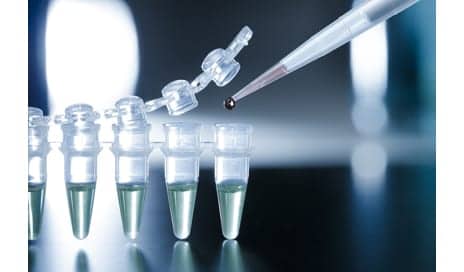Different types of stem cells vary in their ability to restore function after spinal cord injury, according to a recently published literature review.
With that in mind, the literature review—published recently in the Journal of the American Academy of Orthopedic Surgeons—evaluated the research findings and benefits of these stem cell varieties.
As noted in a media release from the American Academy of Orthopedic Surgeons, findings were varied:
Mesenchymal stem cells (MSCs), most commonly harvested from bone marrow, can prevent activation of inflammatory responses that lead to cell death. Functional recovery using MSCs in spinal cord injury patients has been mixed.
Peripheral nervous system stem cells can secrete nerve growth factor to aid cell growth and temporarily act as replacement cells. Limited studies are promising, with one showing marked improvement in sensory scores but no improvement in motor function.
Embryonic stem cells, although controversial, are resilient, and many animal studies have shown that embryonic stem cells limit inflammatory responses and promote cell growth. Very few human studies have been published about embryonic stem cell treatment for spinal cord injury patients.
Induced pluripotent stem cells (iPSCs), derived from adult skin cells, are the newest stem cell being investigated for use in treating spinal cord injuries, but to date, no clinical studies have been published. Early animal studies indicate these cells offer benefits similar to those of embryonic cells without the ethical issues.
“Stem cell treatment is a realistic hope for spinal cord injury patients,” says lead author Gregory D. Schroeder, MD, spine research and clinical fellow at the Rothman Institute at Thomas Jefferson University in Philadelphia, in the release. “There is high-quality basic science research, and clinical trials in humans are underway.”
[Source(s): American Academy of Orthopedic Surgeons, PR Newswire]




